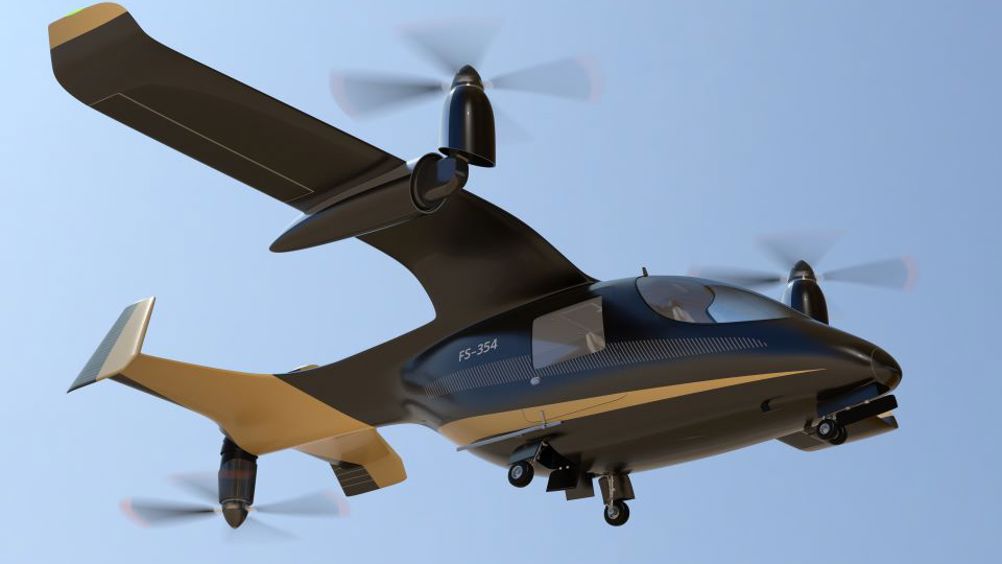C2I 2023 Aerospace & Defence Winner: Retroflight Alpha (Future Flight Landing and Infrastructure - FFLP2)
The burgeoning market for electrified flight requires fast-charging facilities that will not overwhelm the electricity grid.

Category: Aerospace & Defence
Headline Sponsor: STFC
Project: Retroflight Alpha (Future Flight Landing and Infrastructure - FFLP2)
Partners: Petalite, Custom Interconnect Limited, Oxfordshire County Council, Midlands Aerospace Alliance, Vanti, ARC Aero Systems
The winners of the Aerospace category in the 2024 C2I awards epitomize everything that is positive and achievable when working in a collaborative team.
Based in Aston, Birmingham, Petalite is a scale-up that has developed a new form of electric vehicle charger that aims to disrupt the full bridge charger market with its patented SDC device.
According to company founder and CEO Leigh Purnell, current charging facilities are sold as a product into infrastructure with a two-to-five-year warranty. The economic case for these first-generation facilities is weak given the installation, maintenance and operational life of them.
Petalite’s SDC solution brings modularity and scalability to charging, and that includes recharging the electric vertical take-off and landing (eVTOL) aircraft that are set to criss-cross our skies in the near future.
Register now to continue reading
Thanks for visiting The Engineer. You’ve now reached your monthly limit of premium content. Register for free to unlock unlimited access to all of our premium content, as well as the latest technology news, industry opinion and special reports.
Benefits of registering
-
In-depth insights and coverage of key emerging trends
-
Unrestricted access to special reports throughout the year
-
Daily technology news delivered straight to your inbox










Water Sector Talent Exodus Could Cripple The Sector
Maybe if things are essential for the running of a country and we want to pay a fair price we should be running these utilities on a not for profit...